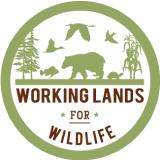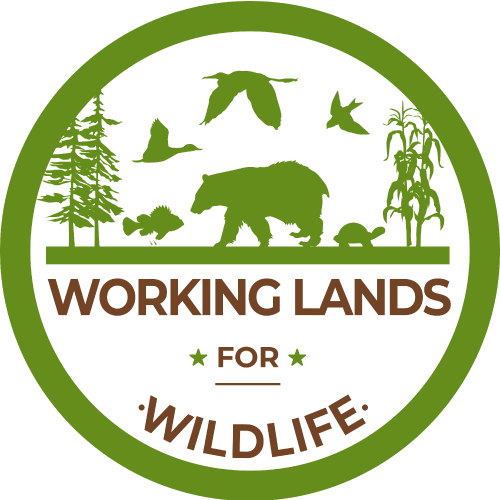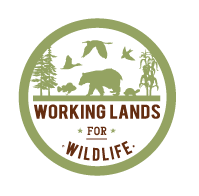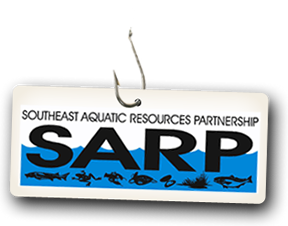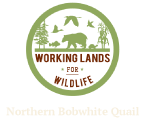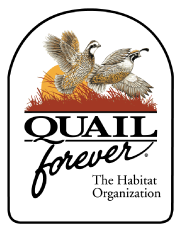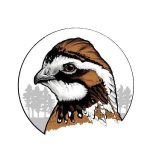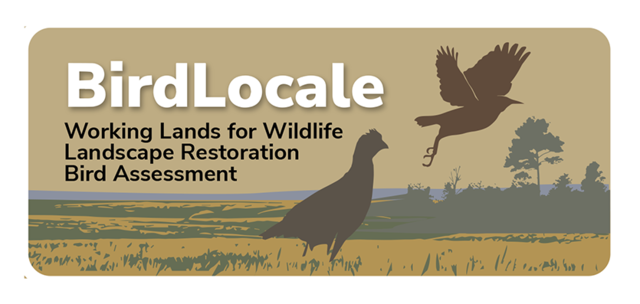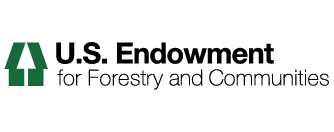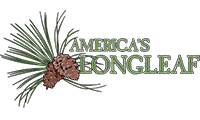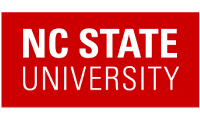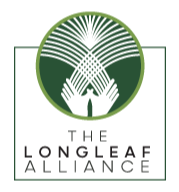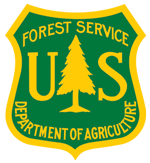News
News articles and events on WLFW, Landscapes and Wildlife sites.
AFS Newsletter February 2023
AFS Newsletter: Latin America Congress Abstract Deadline Extended, Award Nominations Open, Rockfish Citizen Science.
LANL study finds wildfire-scorched areas prone to reburning
Scientists studied landscapes in 11 states that were burned by multiple fires within a 20-year period.
Fire Lines Volume 12 Issue 5
November-December 2022 Vol. 12 (5): Research Brief; SFE Updates; What's New in Fire Science?; New Technology and Tools; Other News; Upcoming Events; New Fire Science Publications for the South; Funding Opportunities.
National Fish and Wildlife Foundation Central Appalachia Habitat Stewardship Program Announces Funding for Projects to Support Hellbender Conservation
The National Fish and Wildlife Foundation has has announced grant awards for the 2022 cycle of its Central Appalachia Habitat Stewardship Program and several of the awards will benefit Eastern hellbenders.
2022 Was a Busy Year for the Working Lands for Wildlife Hellbender Program
2022 was a busy year for the Working Lands for Wildlife hellbender program.
AFS Newsletter January 2023
Snake River Dam Statement, Upcoming Conference Deadlines, Striped Bass Origins.
Fire Lines Volume 12 Issue 4
September-October 2022 Vol. 12 (4): Research Brief; SFE Updates; What's New in Fire Science?; New Technology and Tools; Other News; Upcoming Events; Recent Fire Science Publications for the South; Funding Opportunities.
Can Agriculture and Biodiversity Coexist?
To free up land for biodiversity conservation while satisfying growing food demand, techno-optimist narratives suggest indefinitely increasing agricultural productivity, including through massive pesticide use. But this view, which has made its way from an academic niche into corporate and policy-making circles, overlooks the complexity of natural ecosystems and the market dynamics that regulate access to food.
American Fisheries Society Newsletter November 2022
Special Fisheries Issue on Citizen Science, Perspectives on Salmon Enhancement, Trojan Brook Trout.
SFE Webinar: Fueling Collaboration
A series of interactive panel discussions designed to connect fire managers and researchers. Each discussion will be built on questions from the registered attendees. We're working to bring people together to discuss, explore, and address the latest fire science and fire management issues across the eastern United States.
A Collaborative Approach to Restore Bog Turtle Populations
Like the bog turtle itself, bog turtle populations in North Carolina are very small. A collaborative effort between multiple conservation organizations hopes to change that by giving them a little help.
New Jersey Bog Turtle Conservation Initiative: Working with Landowners and Communities
The Endangered and Nongame Species Program created and is implementing a comprehensive management initiative to provide long term conservation of the important bog turtle populations in New Jersey.
Light Weight Tracking Technology Could Help Reveal Mysteries of Golden-winged Warbler Decline
Audubon and partners across the South and Midwest are using radio tags to track a rare songbird.
10,000th Hellbender Released to the Wild
The Saint Louis Zoo, Missouri Department of Conservation (MDC) and U.S. Fish and Wildlife Service (FWS) are celebrating a historic milestone in hellbender conservation in Missouri. As of August 2022, the total Saint Louis Zoo-raised endangered Ozark and eastern hellbenders released into the wild since 2008 now numbers over 10,000 individuals.
Hellbender Research Featured in New Documentary
Dr. Rod Williams' hellbender research, the Purdue rearing lab and more than 12 years of the lab's work are featured in a new documentary, Hellbender in the Blue, produced by Teardrop Pictures.
Texas Prescribed Burn Workshop 4-day Course in 2023
Meets Training and Testing requirement for Board Certified TDA prescribed burn manager certification.
Fire Leadership for Women: Three 20-Day Training Opportunities in 2023
During the 20-day session, participants will experience 10 - 12 days of hands-on burning in complex situations as wildland urban interface, various fuel types, and will work for several different agencies with unique management objectives.
Wildland-Urban Interface Conference 2023
Learn how to minimize and manage threats in the WUI at the Wildland-Urban Interface Conference. Three essential tracks ensure you and your team get everything you need. Get the latest on Fire Adapted Communities, operations & suppression, and wildland fire policy & tools. Get it all at the WUI conference before the next fire season strikes.
Fire Lines Volume 12 Issue 3
May-August 2022 Vol. 12 (3): Research Brief; SFE Updates; What's New in Fire Science?; New Technology and Tools; Other News; Upcoming Events; New Fire Science Publications for the South; Funding Opportunities.
Conservation Corridor October 2022
Conservation Corridor October Newsletter
